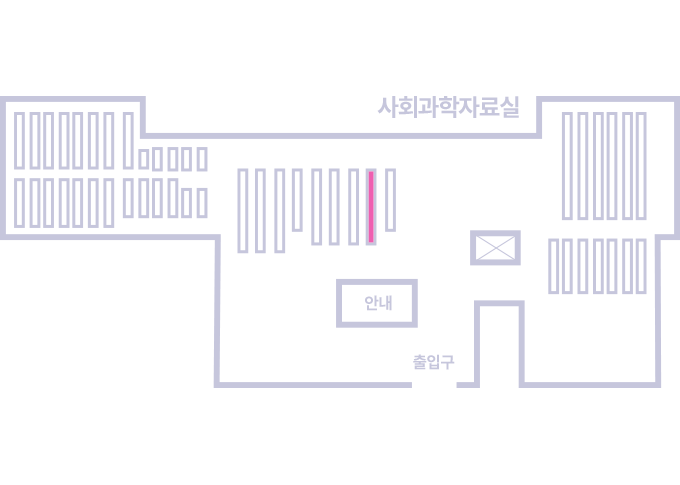권호기사보기
| 기사명 | 저자명 | 페이지 | 원문 | 기사목차 |
|---|
| 대표형(전거형, Authority) | 생물정보 | 이형(異形, Variant) | 소속 | 직위 | 직업 | 활동분야 | 주기 | 서지 | |
|---|---|---|---|---|---|---|---|---|---|
| 연구/단체명을 입력해주세요. | |||||||||
|
|
|
|
|
|
* 주제를 선택하시면 검색 상세로 이동합니다.
이 논문에서는, 한국어 어휘 교육 내용 또는 교수-학습 내용을 구성할 때 의미망을 어떻게 활용할 수 있는지 논의한다. 1장에서는 의미망의 역사와 개념을 소개한다. 그 과정에서 인공지능이나 자연언어처리 분야에서 적극 활용하고 있는 의미망을 어떻게 언어 교육 특히 외국인을 위한 한국어 어휘 교육에 활용할 수 있는지 논의한다. 2장에서는 국내외에서 구축한 다양한 의미망을 소개하고, 한국어 어휘 교육에 적극 활용할 수 있는 의미망 구축의 필요성과 활용 가능성을 밝히고자 한다. 3장에서는 한국어 학습자가 인지하는 실제 자료를 살펴보면서 의미망에 인지, 언어, 문화 또는 언어문화가 어떻게 반영되는지 논의한다. 4장에서는 한국어 교육에 활용할 수 있는 의미망을 구축하는 데 필요한 항목을 제시한다. 이를 위하여 한국어 사용자가 인지하는 실제 자료와 예를 논의하면서 의미망을 활용한 한국어 어휘 교육 방안과 교수-학습 방법을 구체적으로 논의한다. 5장에서는 연구 결과를 정리하면서 표준 의미망 구축의 필요성을 밝힌다.
A semantic network is a network that represents semantic relations between the concepts and this represents knowledge, logical descriptions, and pattern recognition. The concept of semantic networks originated from Aristotle's Categories and today, it has actively been applied in the fields of Semantics, Computational linguistics, Artificial intelligence, Machine translation and so on. More practically, the first implementations of semantic networks were used to define concept types and patterns of relations for machine translation systems.
Some of the networks have been explicitly designed to implement hypotheses about human cognitive mechanisms, while others have been designed primarily for computer efficiency. However, this paper argues that the networks effectively foster language students' learning process.
The main purpose of this paper is to present how to translate the concepts of Semantic Networks into language teaching with real hands-on pedagogical materials and examples. There are plenty of research findings in Korean semantics and these resources can be greatly useful tools for teaching Korean language in daily classes, because Semantic Networks provide various linguistic information: lexical, syntactic, semantic, pragmatic information, speakers' cognitive language processing evidence, and linguistic-cultural knowledge. For this purpose, I will suggest to develop of standards on semantic network for foreign language users.
One of the examples of a semantic network that this paper presents is WordNet, a lexical database of Koreans, and it is very useful and valuable tool in language teaching. It groups Korean words into sets of categories (Meronymy, Homonymy, Hyponymy, Synonymy, Antonymy, Semantic Component, Sentence Pattern, Event Structure), provides short, general definitions, and records the various semantic relations between these sets of words. This WordNet increases the connections among words in the students' semantic network by expanding and deepening their knowledge of word meaning.| 기사명 | 저자명 | 페이지 | 원문 | 목차 |
|---|---|---|---|---|
| 二僧競合談의 변이양상과 그 의미 | 김승호 | pp.5-34 |
|
|
| 이광수 소설에 나타난 '인격'과 그 주체 표상 : 『흙』을 중심으로 | 이철호 | pp.103-131 |
|
|
| 李恒福 이야기의 전승 동력과 기원 : 諧謔의 코드를 중심으로 | 이승수 | pp.35-71 |
|
|
| 홍사용과 구술문화 전통의 의미 | 구인모 | pp.133-163 |
|
|
| 창원 황씨 한글 간찰의 종결어미 형태 | 조용림, 백낙천 | pp.165-190 |
|
|
| 조선후기 거지, 문학적 시선과 전승 | 김준형 | pp.73-102 |
|
|
| '-ㅂ쇼, -ㅂ시고, -(으)십사'에 대하여 : 형태 분석과 기본 의미를 중심으로 | 하정수 | pp.191-227 |
|
|
| 「南炎浮洲志」에 그려진 理想世界 : 儒學者 朴生을 中心으로 | 장영희 | pp.229-264 |
|
|
| 조학유의『찬불가』연구 | 김기종 | pp.265-300 |
|
|
| 서정주의「김소월 시론」을 통해 본 현대시와 전통 : 감각(感覺)과 정조(情調)론을 중심으로 | 허혜정 | pp.301-334 |
|
|
| 한국전쟁 후 풍속과 자유민주주의의 동태 | 이봉범 | pp.335-387 |
|
|
| 1960년대 소설에 나타난 자의식의 발현 양상 연구 | 이수형 | pp.389-413 |
|
|
| 역사와 문학을 보는 관점 : 장보고계 역사소설의 비교 및 전망 | 송희복 | pp.415-448 |
|
|
| 의미망을 활용한 한국어 어휘 교육 | 신현숙 | pp.449-479 |
|
*표시는 필수 입력사항입니다.
| 전화번호 |
|---|
| 기사명 | 저자명 | 페이지 | 원문 | 기사목차 |
|---|
| 번호 | 발행일자 | 권호명 | 제본정보 | 자료실 | 원문 | 신청 페이지 |
|---|
도서위치안내: / 서가번호:

우편복사 목록담기를 완료하였습니다.
*표시는 필수 입력사항입니다.
저장 되었습니다.